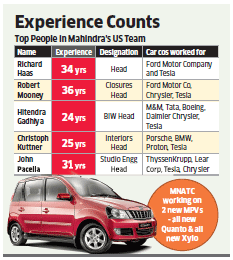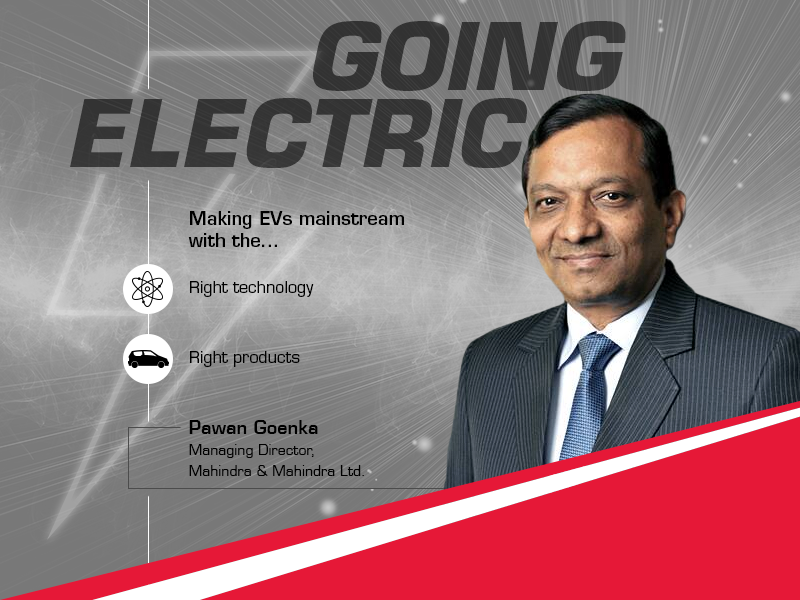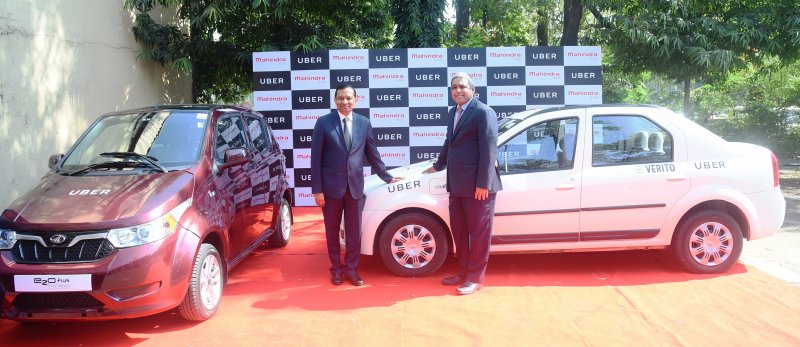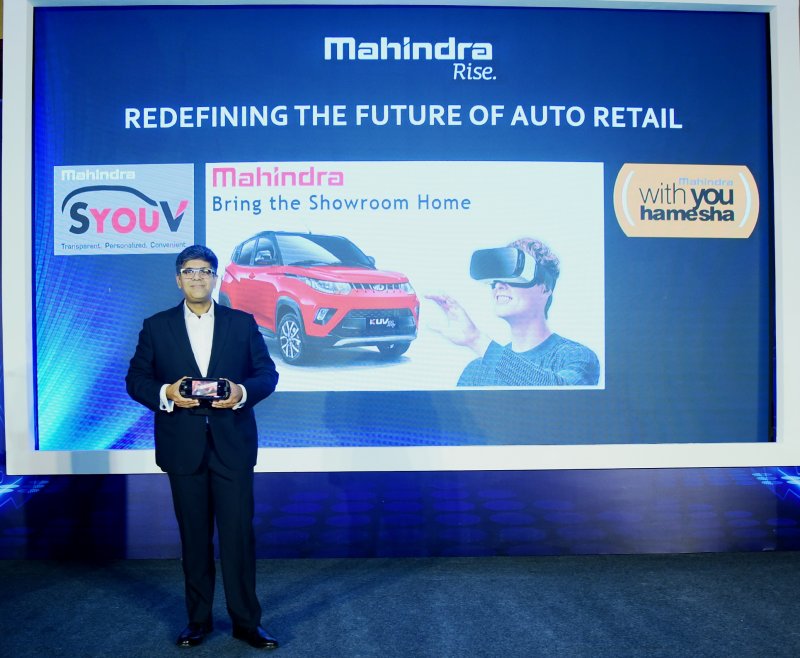Re: Mahindra & Mahindra – The Story of “Rise”.
Mahindra has confirmed its $40 Billion investment in a new plant in India. The facility will be able to manufacture 4,00,000 units per annum.
Their backup plan is to invest in a similar-sized expansion to its existing flagship facility in the western industrial hub of Pune. Quoting an excerpt from FT:
Drive Safe,
350Z
Their backup plan is to invest in a similar-sized expansion to its existing flagship facility in the western industrial hub of Pune. Quoting an excerpt from FT:
The new government is likely to welcome the news as a sign of reviving investment activity in Asia’s third-largest economy, after a number of years marked by falling capital expenditure from leading industrial businesses. Pawan Goenka, president of Mahindra's automotive division, said the group was involved in negotiations with a number of state governments over a location for the new plant, news of which was first reported by the Wall Street Journal.
“The discussions were put on hold because of the elections, but we are now hoping to close in quickly on a decision in the next few weeks and announce it,” said Mr Goenka. “We know we need to invest now to get capacity ready for two years’ time.” Mahindra’s move comes at a time of heightened hopes for a revival in industrial spending after a resounding mid-May victory for Mr Modi and his pro-business Bharatiya Janata party. “I think you can expect some of India’s biggest companies to announce investment plans over the next few months, almost for patriotic reasons and to support the new government as well as to prepare for new growth,” said one senior figure at a global bank in Mumbai.
Global carmakers, such as Ford and Renault, have invested more than $8bn in new Indian facilities over the past two decades, only to see their operations struggle in a market plagued by overcapacity and slowing sales. Domestic players such as Mahindra have also suffered during a downturn in India’s car market over the past two years as total sales contracted against a backdrop of rising fuel and financing costs. Mahindra managed to weather the contraction better than local competitors such as Tata Motors, however, in part because of resilient demand for affordable SUVs, the company’s best-known product.
“We have excess capacity now . . . but the auto industry is an industry where you have to invest when things are bad, so we can grow when the rebound comes,” Mr Goenka said. “Investments have dried up in India, but we would be very happy if our move is a catalyst for more to follow from elsewhere.” In addition to its new Indian facility, Mahindra is planning an aggressive push into global markets, partly through its South Korean SUV subsidiary Ssangyong, which it bought for $466m in 2011. Last year the group confirmed plans to build a research and development centre in the UK, while founder Anand Mahindra has said he remains on the lookout for potential western acquisitions after aborted interest in buying car brands including Aston Martin and Sweden’s Saab in recent years.
“The discussions were put on hold because of the elections, but we are now hoping to close in quickly on a decision in the next few weeks and announce it,” said Mr Goenka. “We know we need to invest now to get capacity ready for two years’ time.” Mahindra’s move comes at a time of heightened hopes for a revival in industrial spending after a resounding mid-May victory for Mr Modi and his pro-business Bharatiya Janata party. “I think you can expect some of India’s biggest companies to announce investment plans over the next few months, almost for patriotic reasons and to support the new government as well as to prepare for new growth,” said one senior figure at a global bank in Mumbai.
Global carmakers, such as Ford and Renault, have invested more than $8bn in new Indian facilities over the past two decades, only to see their operations struggle in a market plagued by overcapacity and slowing sales. Domestic players such as Mahindra have also suffered during a downturn in India’s car market over the past two years as total sales contracted against a backdrop of rising fuel and financing costs. Mahindra managed to weather the contraction better than local competitors such as Tata Motors, however, in part because of resilient demand for affordable SUVs, the company’s best-known product.
“We have excess capacity now . . . but the auto industry is an industry where you have to invest when things are bad, so we can grow when the rebound comes,” Mr Goenka said. “Investments have dried up in India, but we would be very happy if our move is a catalyst for more to follow from elsewhere.” In addition to its new Indian facility, Mahindra is planning an aggressive push into global markets, partly through its South Korean SUV subsidiary Ssangyong, which it bought for $466m in 2011. Last year the group confirmed plans to build a research and development centre in the UK, while founder Anand Mahindra has said he remains on the lookout for potential western acquisitions after aborted interest in buying car brands including Aston Martin and Sweden’s Saab in recent years.
350Z


![Evil [evil] [evil]](https://www.theautomotiveindia.com/forums/images/smilies/Evil.gif)

![Confused [confused] [confused]](https://www.theautomotiveindia.com/forums/images/smilies/Confused.gif)


![Shock [shock] [shock]](https://www.theautomotiveindia.com/forums/images/smilies/Shock.gif)



